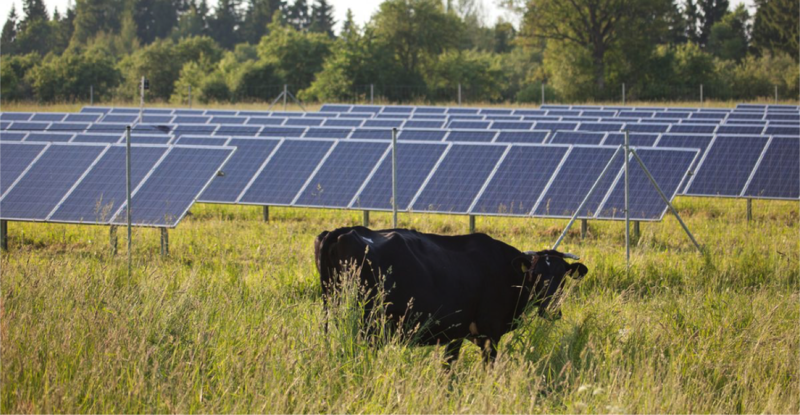This post is the second in a two-part series on major trends helping to form the Internet of Energy landscape. Click here for part 1.
Trend 4: Load Flexibility as a DER
Renewables and storage aren’t the only distributed energy resources (DERs), just the most prominent. With the rapid cost declines anticipated in renewable technologies, utilities and grid operators will need to leverage a portfolio of flexible loads as well to help balance the grid (partly assisted by beneficial electrification efforts). Thermostats, water heaters, HVAC systems — essentially any large electrical appliance or process that can be deferred or curtailed in a predictable manner — can be a DER.
The idea isn’t exactly new, but the need and the technological capabilities have finally aligned to allow this component of the Internet of Energy to mature. The advent of low-cost network connectivity hardware, ubiquitous embedded computing and sensors, and affordable cloud computing have made technologies like smart thermostats, grid-interactive “energy routers”, community storage, and real-time HVAC optimization platforms possible and affordable. In an Internet-of-Energy development that bears the most striking of resemblances to the Internet itself, microgrid platform companies are using blockchain technology to facilitate a true, peer-to-peer transactional grid.
Trend 5: An ocean of data
Data is both a driver and a challenge for the Internet of Energy. The explosion in connected devices will drive exponential growth in the amount of data that utilities and their service providers are already confronting. The nation’s AMI or smart meters already produce petabytes of information every year. Our “chirps” of interval electric consumption are writing the equivalent of billions of MP3s or millions of digital films. And we aren’t even yet at full deployment. The data will grow by orders of magnitude as utilities and service providers seek to promote, track, and orchestrate the operation of DERs.
Trend 6: It isn’t just about big, bold policy initiatives anymore
One certainly cannot discount the impact of regulatory pressure in bringing about the Internet of Energy. Although hopes of a visionary national climate policy have evaporated for now, progressive energy policy and leadership at the state level (and of course internationally) are creating favorable marketplaces for emerging technologies to take hold. California, New York, the Northwest, other northeast RGGI states, and even parts of the midwest continue to lead the way.
But it isn’t just about blue state regulators and their policy mandates anymore. The Internet of Energy will unfold less by fiat and more by powerful market forces. Less de jure, more de facto. West Texas farmers have been resurrected in a wind revolution. Small, often unregulated rural electric cooperatives across the nation — including our own La Plata Electric Association — are embracing the value of community solar. Our own neighboring Aztec, New Mexico — adrift in a sea of oil and gas development and not far from two of the dirtiest coal plants in the country — recently defected from PNM to pursue local solar power, not only because it was the right thing to do, but because they were getting the best power deal for their citizens.
Curious? Subscribe to our newsletter and stay tuned as we answer these and other questions in future installments. And if you have a burning question or topic of your own, feel free to drop us a line. We’d love to hear from you.
[btn link=”http://eepurl.com/ctVb8n” target=”” size=”size-m” color=”grey”]Subscribe Me[/btn]

